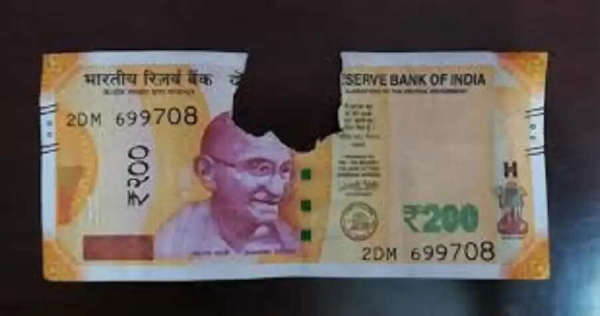
Torn Notes Exchange Rules: If you have mutilated notes at home, where can you exchange them? Learn how to exchange them. Learn about the RBI's regulations.
Torn Notes Exchange Rules: If you have old, mutilated, or torn notes lying around at home, many people wonder how to exchange them at a bank. Such notes are often unusable in the market or outside. However, the Reserve Bank and other banks offer the facility to exchange these notes.
The process of exchanging mutilated notes is simple. You just need to follow a few important rules and steps. Keep in mind that you can exchange only according to the condition, value, and bank policy of the note. Learn the process.
How to exchange notes at a bank
If you have a lot of mutilated notes, there's no need to worry. To exchange mutilated notes, you must first visit your nearest bank branch. Then, count the notes and submit a form to the bank officials. The officials will check the condition of the notes and accept them according to the established standards.
To exchange old notes, you must have an identity proof, such as an Aadhaar card, PAN card, or voter ID. Banks allow cash exchange up to a limit of ₹5,000 at a time. However, for larger amounts, you may have to deposit them in your bank account. The bank's exchange time is determined by the bank, so check in advance.
What to do if the bank refuses?
If the bank refuses to exchange mutilated notes for any reason, there's no need to panic. First, check the condition of the notes and the bank's guidelines. Sometimes banks only exchange cash up to a certain limit or don't accept certain notes. You can also try another branch.
Since different branches may have slightly different rules. Additionally, consult the Reserve Bank of India's website or helpline to determine which notes are eligible for exchange and which are not. If the note is not completely damaged, it can be easily exchanged by depositing it at a bank or a designated RBI counter.